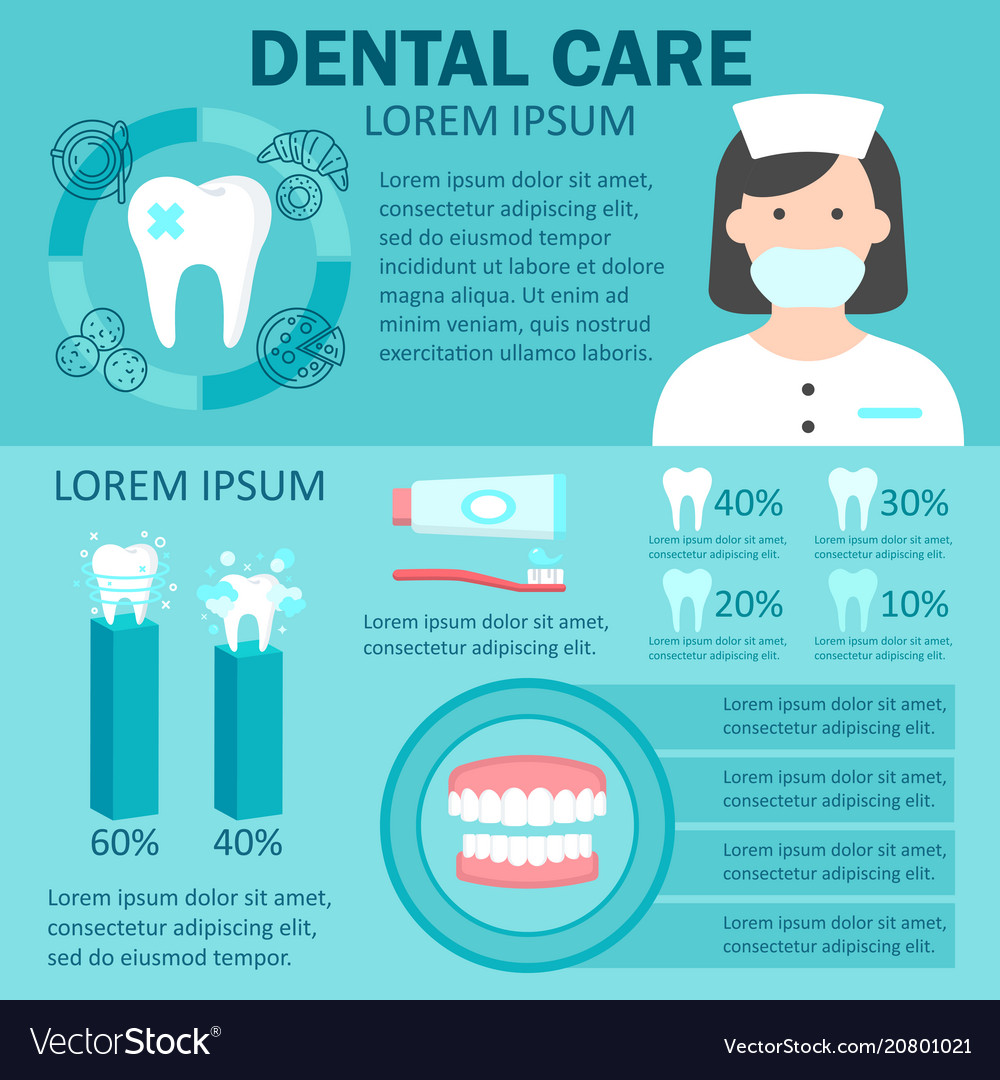Invisalign Vs. Conventional Braces: A Comprehensive Contrast
Invisalign Vs. Conventional Braces: A Comprehensive Contrast
Blog Article
Author-Hamann Mogensen
When confronted with the decision in between Invisalign and typical braces, you might ask yourself which choice straightens better with your way of living and choices. The option involves more than simply the visual appeal; it delves into variables like treatment duration, convenience, and long-term dental health and wellness effects. Think about the impact each option might carry your everyday regimen and confidence. As we explore the detailed contrast, you'll gain insights right into the nuances that make these orthodontic treatments one-of-a-kind and find which one might be the much better fit for you.
Materials and Building
When contrasting Invisalign to standard dental braces, the materials and construction differ significantly. Invisalign includes clear, smooth plastic aligners tailor-made to fit your teeth. These aligners are virtually invisible, making them a prominent option for those looking for a more very discreet orthodontic treatment.
On the other hand, traditional dental braces entail metal brackets that are glued to your teeth. These brackets are then linked by cables and elastic band, applying stress to progressively move your teeth into the wanted placement.
The building and construction of Invisalign aligners enables a much more comfy fit contrasted to traditional braces. The smooth plastic material reduces irritation to your cheeks and gums, which is a common problem with steel braces and wires. In addition, Invisalign aligners are detachable, making it much easier to clean and floss your teeth with no obstructions.
On the other hand, typical dental braces are fixed onto your teeth, requiring extra care and time for appropriate maintenance.
Maintenance and Oral Health
The maintenance and oral hygiene practices vary in between Invisalign and traditional dental braces as a result of their special layout and construction.
With Invisalign, you can remove the aligners when consuming or cleaning your teeth, permitting you to maintain your routine dental health routine with no blockages. It's critical to brush your teeth after consuming prior to placing the aligners back on to prevent food particles from obtaining entraped and creating decay.
On the other hand, conventional braces require additional attention to maintain your teeth tidy. Food fragments can quickly get embeded the brackets and wires, resulting in plaque buildup and prospective dental caries. You'll need to make use of special tools like interdental brushes or floss threaders to tidy between the wires and brackets effectively.
Normal dental exams and cleansings are important to make sure that your dental hygiene is in leading problem while putting on traditional braces.
Visibility and Appearance
Exposure and appearances play a substantial function in the contrast in between Invisalign and traditional braces. When it concerns look, Invisalign offers a clear advantage over typical dental braces. https://www.mirror.co.uk/news/uk-news/desperate-man-who-couldnt-nhs-28058546 are practically invisible, making them a preferred choice for those who like a more discreet orthodontic therapy choice.
Unlike the obvious metal braces and wires of conventional dental braces, Invisalign aligners are clear and blend in with your all-natural teeth, allowing you to smile with confidence throughout your treatment.
Conventional braces, on the other hand, are a lot more obvious as a result of their metal parts. While some might opt for colorful bands to individualize their braces, others might feel uncomfortable about the visibility of these orthodontic devices. just click the up coming website of typical braces can often influence an individual's self-confidence, especially for grownups in expert setups.
Final thought
To conclude, when selecting in between Invisalign and traditional dental braces, consider your way of life and preferences. Invisalign provides a discreet and comfortable choice with easy maintenance, while conventional dental braces provide colorful customization but may affect self-confidence.
Eventually, the choice should be based upon what works best for you in regards to visual appeals, benefit, and convenience. Ensure to consult with your orthodontist to identify one of the most suitable therapy for your specific demands.
